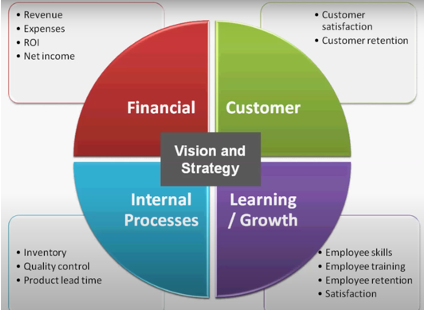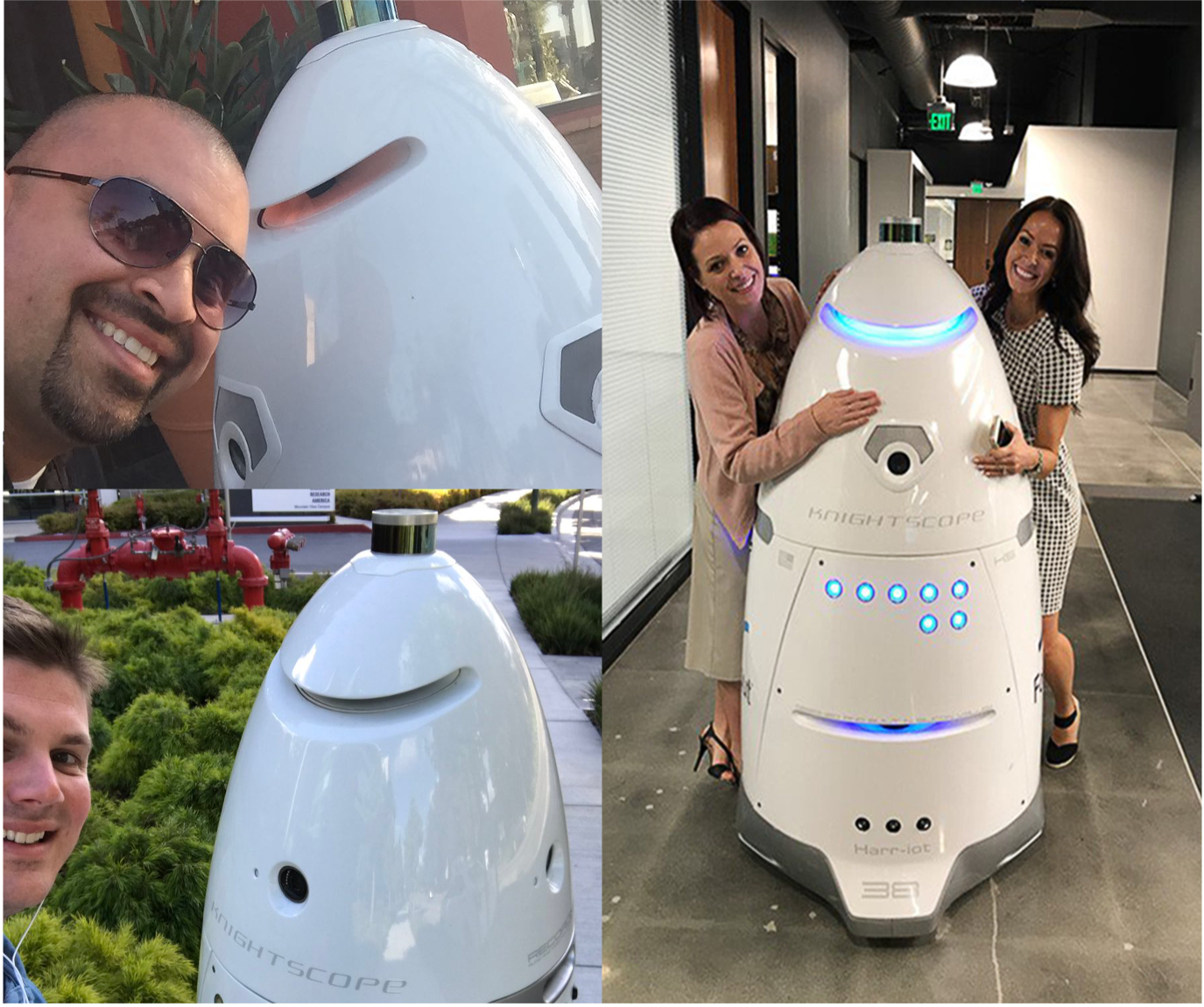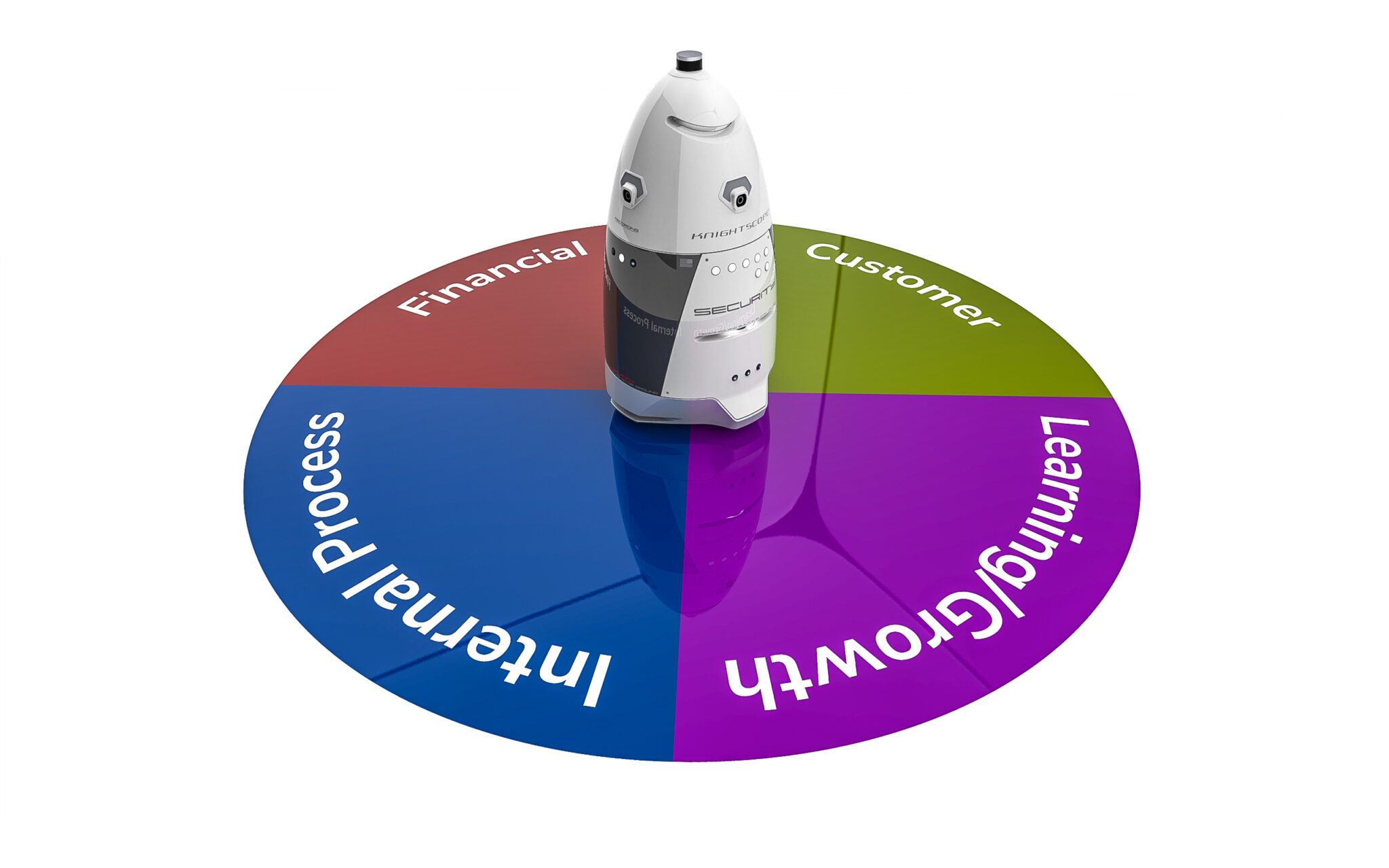Someone is always at the bottom or, in this case, has the lowest Balanced Scorecard. Each company can likely name the five lowest scorers, be it a branch, location, facility, center, region, etc. Month to month, quarter to quarter, these low scorers are the focus of emails, conference calls, and what no doubt feels like 80% of an executive’s time.
The Balanced Scorecard (BSC) was initially introduced by Doctor Robert Kaplan, a Harvard Professor, and Doctor David Norton in 1992. Since then, it has been adopted by many organizations to ensure management reporting focuses on the most important strategic issues and helps companies monitor the execution of their plan. Using Key Performance Indicators (KPIs), they measure the critical (key) indicators of progress toward an intended result. While financial measurements have existed for centuries, the BSC focuses senior, regional and local management on non-financial KPIs. For example, in the manufacturing industry they can range from on-time delivery, inventory accuracy, defects, to machine downtime. In healthcare, these might be bed occupancy rates, average length of stay, patient confidentiality, emergency room wait time and so on to name just a few.

There are scores of books written on what a BSC is and how to develop and incorporate it. In short, the BSC outlines 4 main Perspectives, or areas of focus, for which KPIs are developed as shown here. Regardless of the industry, every BSC includes a Learning and Growth Perspective, which is focused on employees, and also a Customer Perspective, which should answer “How does the customer see us?” This extensively successful business metrics model is about people and their experience interacting with the organization. Employees and customers both want to feel valued and appreciated, but often times an overall low scoring branch or location is suffering from low customer and employee satisfaction scores, high turnover, and low retention. Again, these two areas make up half the BSC score.
So, how can Knightscope improve the score for your bottom five?
Let’s start with an employee’s experience during a single day and how our Autonomous Security Robots (ASRs) can make an impactful difference. Let’s call her Sarah and she’s your General Manager.
Upon arrival at work, Sarah parks her car in the employee parking lot. Six months ago, she would often arrive to find people sleeping in a car or in the stairwells. But now thanks to the ASR you approved, she no longer has that problem as her workday begins. She’s also no longer worried her car or any of her employees’ cars will be broken into, as the robot has deterred criminal activity since its arrival. Her employees are now voicing their appreciation to her for the robot, instead of complaining about the lack of security or management’s seeming lack of concern. As one of Sarah’s employees parks his car, the robot patrols by and says “Good morning! Be sure to lock your car and please don’t forget your facemask. Have a safe day.” This reminds him to put on his safety vest as well. Sarah has seen the much-needed improvement in safety policy compliance, reducing the number of verbal and written warnings that her supervisors have to issue.
Around 11:00 AM Sarah opens the ASR’s user interface software on her computer to take a video tour around the facility. Her other robot, who the team has affectionately nicknamed OSHA, is patrolling the manufacturing area. She can see that her team is wearing their safety gear and are maintaining social distances and then hears the robot’s safety tip for the day “A spill, a trip, a hospital trip. Safety is no accident!” She also notices a delivery driver in a prohibited area, so she contacts the supervisor to address it.
As OSHA heads outside, Sarah can see their two large propane tanks on video. She’s reminded of the potential disaster three months ago when temporary workers from the staffing agency repeatedly moved two chairs and an ashtray close to the tanks to smoke cigarettes. Now OSHA provides a cautionary reminder each time it patrols by, “Highly flammable gas. Smoking is only permitted in the designated areas.”
OSHA switches roles now and is in security mode as it reaches the distant fence line at the back of the property. It stops for 3 minutes to observe, report and make its presence known, announcing “This area is under surveillance. Trespassers will be prosecuted.” After having thieves and vandals cut through or jump over the fence multiple times each month, Sarah is relieved that neither she nor her team have had to deal with this issue since OSHA arrived. As the robot continues its patrol, Sarah logs out of the software, confident the robot will alert her security team if/when needed.
After lunch, Sarah needs to prepare for her BSC review call with her regional management that afternoon. She has good news to report. Worker’s Compensation claims are down, lost time is down, sick pay costs are down, employee retention is up, training costs are down. There have been fewer terminations, which resulted in zero wrongful termination lawsuits filed in the past three months. The legal fees her branch is being charged is averaging $4500 less each month than a year ago without her ASR. With employee turnover decreasing and employee referrals increasing, she’s been able to eliminate the need for costly temporary workers, which likely also explains the downtrend in losses due to internal theft. Facility maintenance costs are also down – the back fence has not been cut, not one window broken, and vandalism has disappeared in past six months. Year-to-date, this alone is a savings of $6,500 over the previous year. Best of all, Sarah’s employee satisfaction scores are now the highest in the region.
For the first time since joining the company one year ago, Sarah is looking forward to the call and has even taken her resume off Indeed!
For your bottom five, there’s only one way to go. Why not contact us to discuss how we can help them? Knightscope’s robots make peoples’ experiences better, safer, and even improve morale, as you can see…

